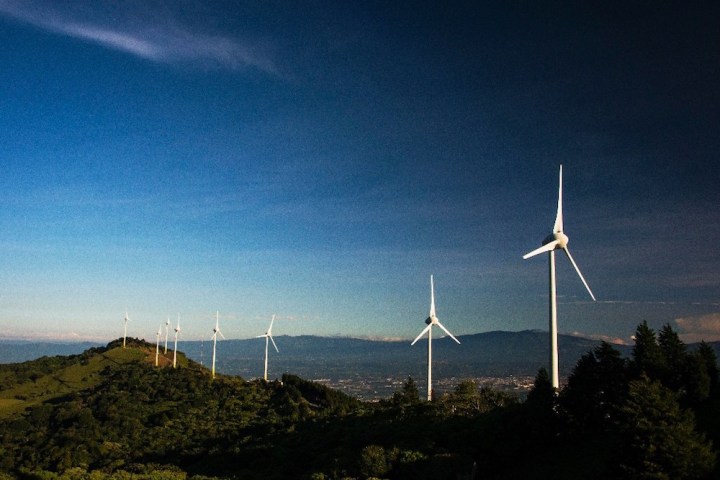
When Norway’s Tellenes wind farm is finally completed in late 2017, it will be the largest in the nation (assuming no other larger projects pop up in the interim). Sweden’s 22-turbine wind farm is slated for completion in early 2018.
“Google has been carbon-neutral since 2007 and we are committed to powering 100 percent of our operations with renewable energy sources,” said Marc Oman, EU Energy Lead, Google Global Infrastructure. “Today’s announcement, Google’s first wind power deal in Norway and the largest to date in Europe, is an important step toward that commitment.”
When combined with a smaller wind farm project Google also plans on purchasing in Sweden, the total amount of energy the company has acquired in these latest deals stands at 236 megawatts. There’s no word yet on just how much money the search engine giant spent on these acquisitions.
This is by no means the first time Google has made clear its mission to rely upon eco-friendly, renewable energy sources. Indeed, Google has made three previous green energy deals in Sweden, and these wind-energy acquisitions bring the total amount of renewable energy Google has bought in Europe to an impressive 500MW.
On its Google Green page, the company notes that its goal is 100-percent renewable power, and thus far, Google has “committed to purchase over 2.2 gigawatts of renewable energy — equivalent to taking over 1 million cars off the road and making us the largest non-utility purchaser of renewable energy in the world.” Google also holds the honor of being “one of the largest corporate investors in renewable energy in the world,” having committed to invest almost $2.5 billion in green energy projects.


